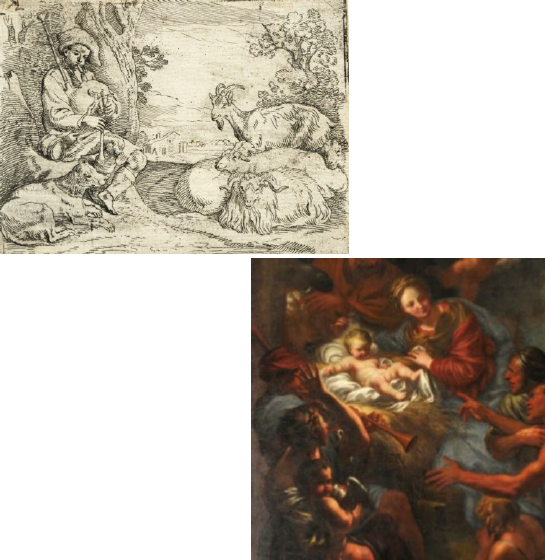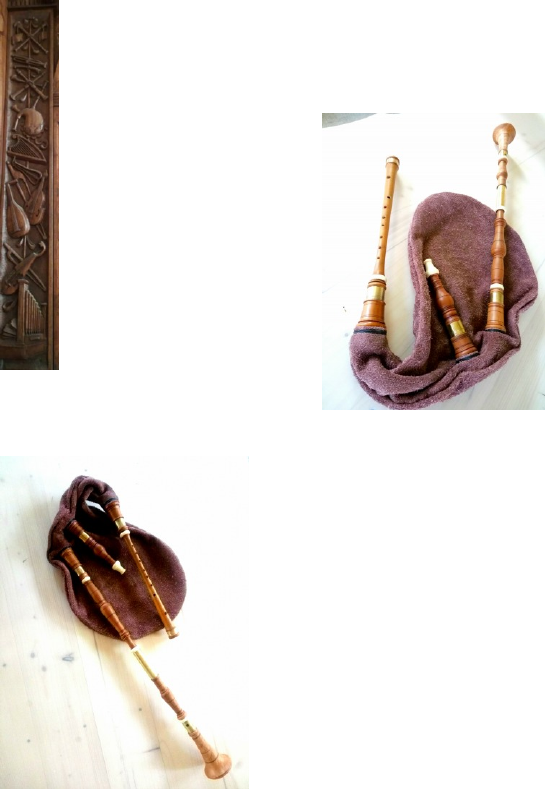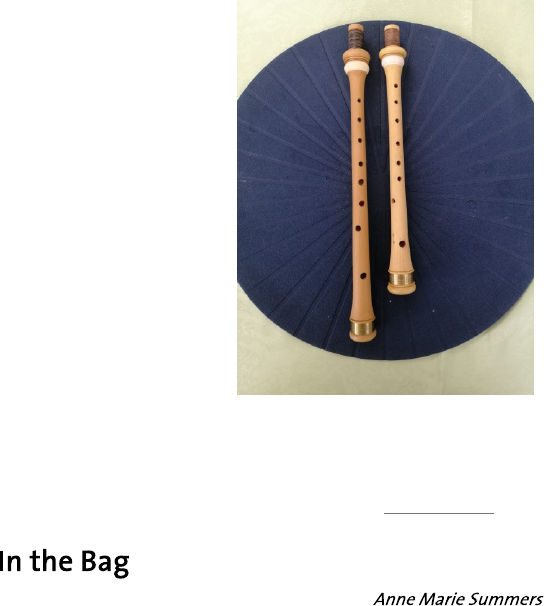The Bagpipe Society
Reconstructing the Strozzi Bagpipe
Reconstructing the Strozzi Bagpipe
The idea to reconstruct this bagpipe came from Fabio Rinaudo and Davide Baglietto, two Ligurian pipers who have been active for several years in the recovery and dissemination of traditional Ligurian repertoire. After having studied a number of paintings by Genoese baroque painters, they focused in on the painting “i pifferai” (the pipers) by Barnardo Strozzi (see picture).
Before looking more closely at the various features of the pipes, it would be good to give an overview of the artist, Bernardo Strozzi. He was born in Genoa in 1581 and died in Venice in 1644 and he is recognised as being one of the most important and prolific exponents of Italian baroque painting. His art was also influenced by Flemish painters. It is worth noting that in Genoa towards the end of 1500, Cornelis and Lucas De Wael, both painters from Antwerp, had created a real “colony” of Flemish painters around their house/workshop. The chosen painting was created around 1630/1635 and used to be in the private collection of Basevi in Genoa and it previously been in the Leopold Hish collection in London. It was then sold at auction at Christie’s on 11th May 1934 but as of now it is now listed as simply being in a “private collection”. We do not know where it is or who now owns it.

In this painting “i pifferai”, oil on canvas 105 x 156cm, some musicians are playing wind instruments, specifically three shawms, a recorder and a bagpipe. Using this painting as a reference, Davide and Fabio asked us to rebuild that bagpipe which, by the way, can also be found in various other paintings by Liguran masters of the baroque period. For example, we can cite two of the most significant: Sinibaldo Scorza’s study
“shepherd who plays the bagpipe to his flock” (see photo) or Domenico Piola’s “adorazione dei pastori”
(worship of the shepherds) located in the Oratory of the Santissima Annunziata in Spotorno (see photo).
In these paintings we can see that the type of bagpipe is the same as that drawn by Strozzi. The decision to finally use Strozzi’s painting for the reconstruction of the instrument was given by the higher accuracy and precision of the details and the proportions. During our iconographic research to collect further evidence of this instrument in Liguria, one work found by Davide is worth mentioning. This work dates back to the middle of the fifteenth century and is done by a certain Fra Antonio da Venezia, who had inlaid on a piece of furniture in the sacristy of the church of Santa Maria in Finalpia (Savona) a bagpipe very similar to Strozzi’s Musa Pastorale (see photo overleaf).
Examining “i piffari” one can see that the foreground images of both the bagpipe and shawm are very well defined and in proportion and consequently it is also possible to define the hypothetical key of the instrument: C third staff space (C4), or D fourth staff line (D4). This was our starting point in the reconstruction of the instrument in C, paying attention to the proportions, shapes and decoration of the brasswork on both the drone and the chanter.

The drone is made of two pieces with a bell at the end (like many Medieval and Renaissance bagpipes), it has a cylindrical internal bore, a single reed and it’s made in pear wood, plum or wild cherry, which are all trees which can be found in the region. With regards to the chanter, we built two models: one with a fingering similar to Renaissance shawms and recorders, therefore with the tonic with all holes closed. Whilst the other has a popular/folk fingering similar to the
Emilian “Piva” and the “Baghet” from Bergamo with the sensitive b-flat or b. This has a conical internal bore, a double reed and is made from European boxwood.
We used brass for some of the parts because, after studying Strozzi’s painting, it seems that some of the details are made of metal. The same material can be clearly found on the shawm’s fontanelle and key.
The instrument’s name “Musa Pastorale” (shepherd’s pipe) has been discovered by Fabio during his researches: specifically in a book “Musica e costume a Genova” (music and costumes in Genoa), written by Maria Rosa Moretti and published by the Cassa di Pisparmio di Genova e Imperia, where, at a certain point, it talks about the music played in the villas and buildings of Genoa. Also, there is a manuscript which records the dialogue of an anonymous Genoese in praise of the Royal House of Spain, the following is written: *“In this while a shepherd’s pipe was heard
[…], so that he could call the player of that pipe and they went out to supper at the sound of the Musa and it tasted more than a well ordered music, and once dined, they danced to the sound of these pipes, and for the completion of that feast someone that night touched the cornetto and the bagpipe”.

*As we can see from this account, the instrument, besides being played to entertain at dinner, was used in ensemble to make people dance. It is not by chance that in the same book we found the music for four parts/voices which fit perfectly upon the instruments represented in the painting and it could also fit a quartet of pastoral pipes.
We are now starting to make Musa pastoral pipes in the keys of G, F and C3 so that we can play this repertoire and then we will make a recording dedicated to this instrument – all thanks to the iconography and the work of Strozzi.
A short clip of Davide Baglieto playing the Strozzi Musa can be viewed at http://bit.ly/Chanter72
By Anon Rabanser, Peter Rizzo, Walter Trad Various
From Chanter Autumn 2019.
- Data Processing Notice (GDPR)
@BagpipeSociety on X (formally known as Twitter)
TheBagpipeSociety on Instagram
 BagpipeSociety on Facebook
BagpipeSociety on Facebook
Something wrong or missing from this page? Let us know!
